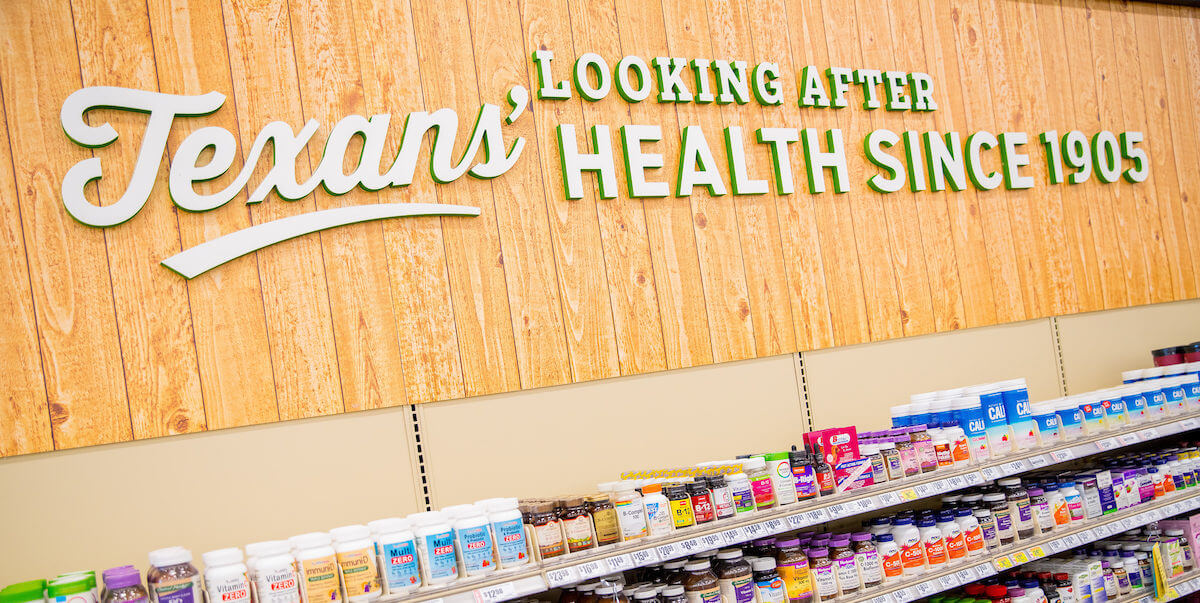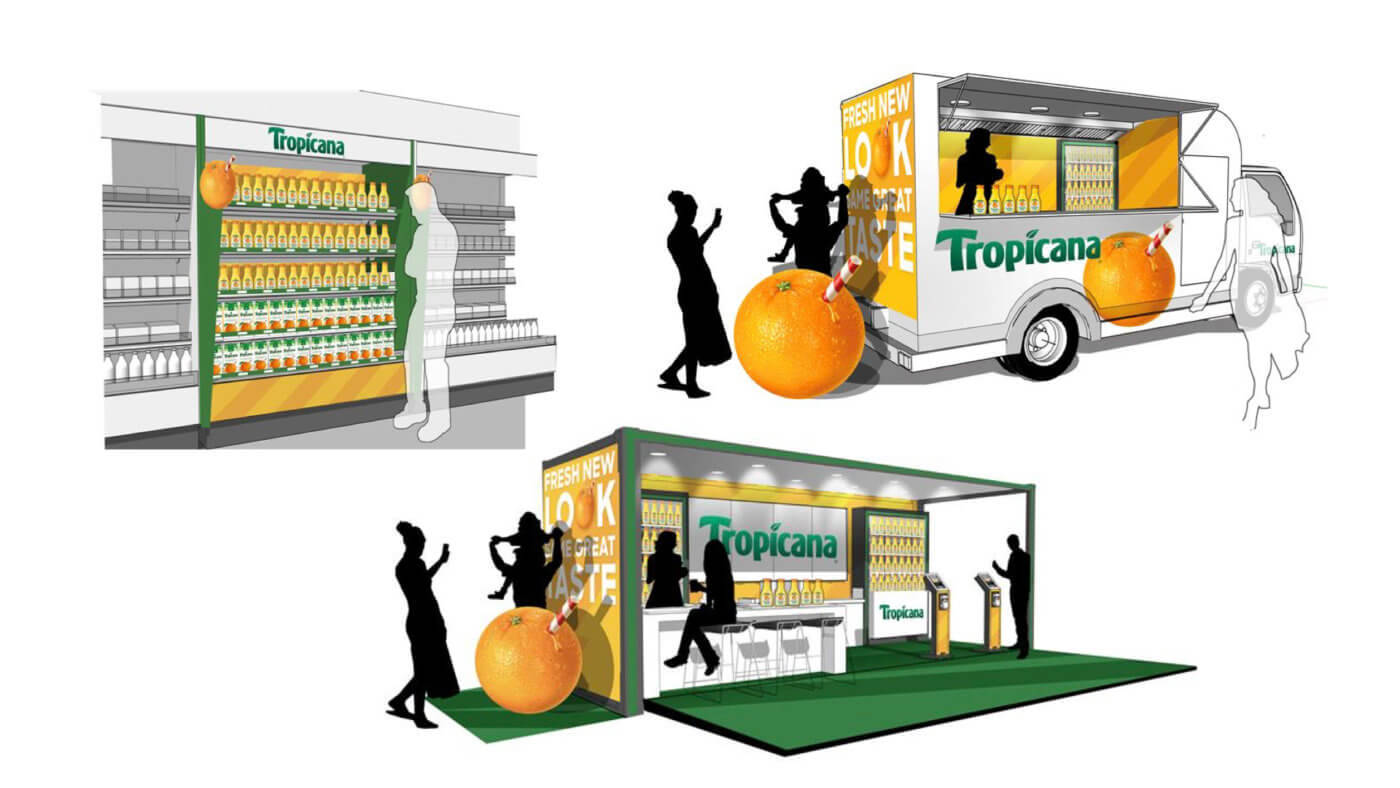Grocery retailers fared better than most through the past five years: despite the pandemic, supply chain disruptions, global conflicts, and inflation, supermarkets are thriving. People need to eat, so it could be assumed supermarkets are invulnerable. However, two key factors suggest otherwise. Firstly, competition intensifies with international discount brands, with Lidl and Aldi entering North America as an example. Secondly, rising food prices have created a hostile relationship between grocers and customers. How can supermarkets future-proof and strengthen their relationships with their audience?
In this blog, we will explore design-thinking solutions that can help grocery retailers build stronger connections with their consumers, repair trust, and push back against competitors.
#1. INSPIRE CUSTOMERS WITH EASY-TO-ACHIEVE FOOD SOLUTIONS
People do have to buy food, but most find it boring. Not only do they find grocery shopping dull, but they’re also bored with preparing and eating meals. An enormous opportunity for supermarket brands is to help customers overcome this day-to-day tedium. There’s one caveat: it must be easy. Meal kits are easy, but they would be more exciting if customers could personalize and sample.
In SLD’s design exploration of The Supermarket of the Future, we imagined multiple ways supermarkets could inspire customers throughout their shops. Featuring meal kits and on-site partial preparation of foods could make meals more exciting – but not more complicated.
#2. GET REAL ABOUT LOCAL
It’s a hot trend to hop on the “local” bandwagon through various nods to the community, such as denoting town names in signage or posting community bulletin boards. These tactics can be effortlessly replicated by international giants like Walmart. For brands to capitalize on being regional or local, the key is to develop hyper-local strategies that big brands can’t easily mimic.
This can look like a featured area of the store where hyper-local brands are sold, seasonal pop-up experiences featuring local food producers or supporting local businesses and schools through educational experiences, and lending space in the retail footprint to community gardens. Design choices that celebrate the local community, for example by sourcing materials locally, or featuring local iconography or imagery, can be a source of pride for customers. Even certain products could be created with regional pride in mind.
H-E-B is an excellent example of how owning a local region’s heart can be highly profitable. The company is proudly a Texas-only brand. Throughout the store, shoppers are reminded of this brand identity with various taglines, an assortment catering to the specific tastes of Texans, and of course, their famous Texas-shaped tortilla chips.

Image Source: H-E-B
#3. ACHIEVE MEANINGFUL SUSTAINABILITY GOALS
Consumers want businesses to take the lead on sustainability. Many companies have achieved moderate improvements, for example, by reducing energy usage, expanding organic product assortments, and eliminating single-use plastic bags. However, these measures are commonplace and there is more to do.
Grocery retailers can push food manufacturers to improve on sustainable packaging. Buildings can become more eco-friendly by installing solar panels, providing EV chargers, and replacing hard-surface parking with permeable pavers. Solutions that involve consumers, such as package-free services or circular packaging, are becoming more popular, especially if they can save consumers money in the long run.
Lastly, dealing with food waste is an issue about to become a moral imperative. In some countries, tossing food has been banned – but there is no reason to wait for regulation. For example, COBS Bread has been donating day-old baked goods ever since 2003. To date, the company has kept the equivalent of $300 million worth of food out of landfills by donating whatever isn’t sold at the end of each day to local charities.
#4. FUTURE-PROOF FOOD AVAILABILITY THROUGH STRATEGIC FORESIGHT
The supermarket of the future will need to overcome the challenges of the future. Climate change is going to have a seismic impact on the availability and cost of food. Olive oil is a good example of what to expect. Droughts, wildfires, and changing pest behaviors are causing a global shortage of the product, and prices have skyrocketed. In the future, the availability of many foods will become erratic, making it hard to keep items reliably in stock at a stable price.
Grocery retailers need to conduct scenario-planning exercises to develop coping mechanisms for inconsistent product availability. By envisioning different versions of the future, your organization can be better prepared for this inevitable change.
#5. CELEBRATE INNOVATION
Whether it’s plant-based diets, trending flavors, or functional foods, consumers of all ages are looking for something new. Often driven by social media, these trends are huge opportunities to create hype and excitement in the store. Think of how #BookTok has impacted bookstores, or how Sephora leans into indie brands that become popular through social media.
While supermarkets do feature new items today, most often, these are promotional activities driven by food brand partners, rather than thoughtfully curated activations based on what customers want. To be more impactful, dedicate an area of the store and then program it as you would do to an event space. Keeping this experience fresh gives consumers something to look forward to in the physical store. Ideally, local managers will be able to influence this space – they know their customers best, and tapping into that knowledge is key.

Image Source: SLD
CAN GROCERY SHOPPING REALLY BE FUN?
Customers visit the grocery store 1.6 times a week and stay for around 50 minutes on average. That’s a lot of time to spend in your store. Given most North Americans live within a short distance of several grocery stores, a better experience can be the difference between being selected, or not.
For many, food is more than just eating to survive. It’s about time with family, living well, supporting your physical health, and loving life in your community. A supermarket brand that aims to fulfill those higher needs will succeed in winning customers’ hearts and claiming more of those shops over time.

